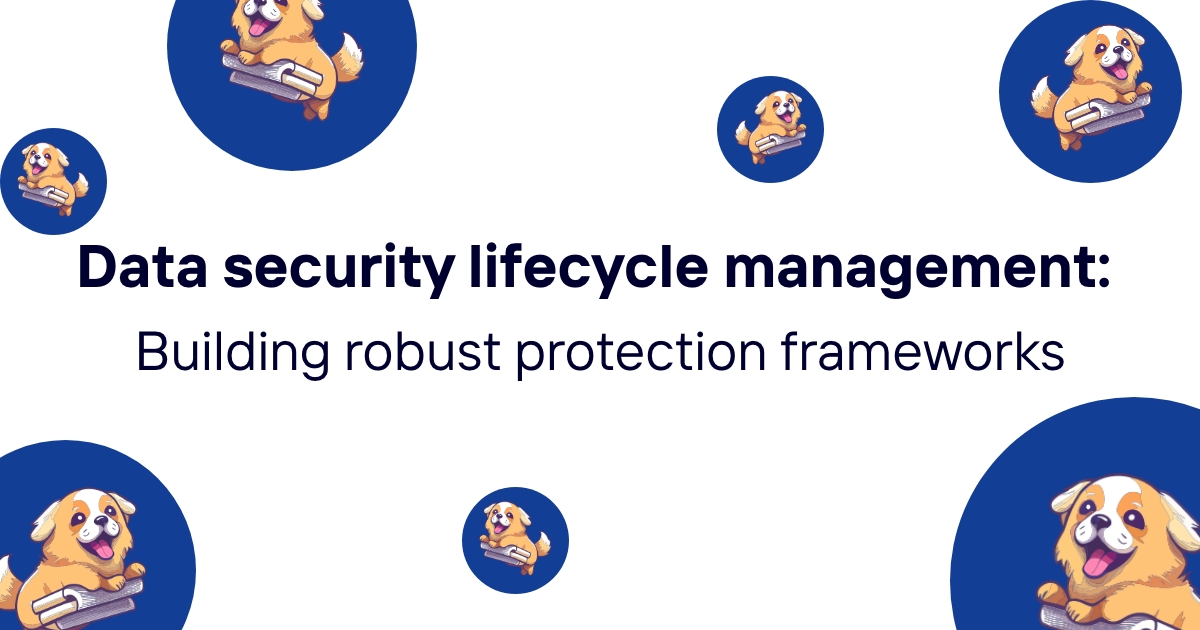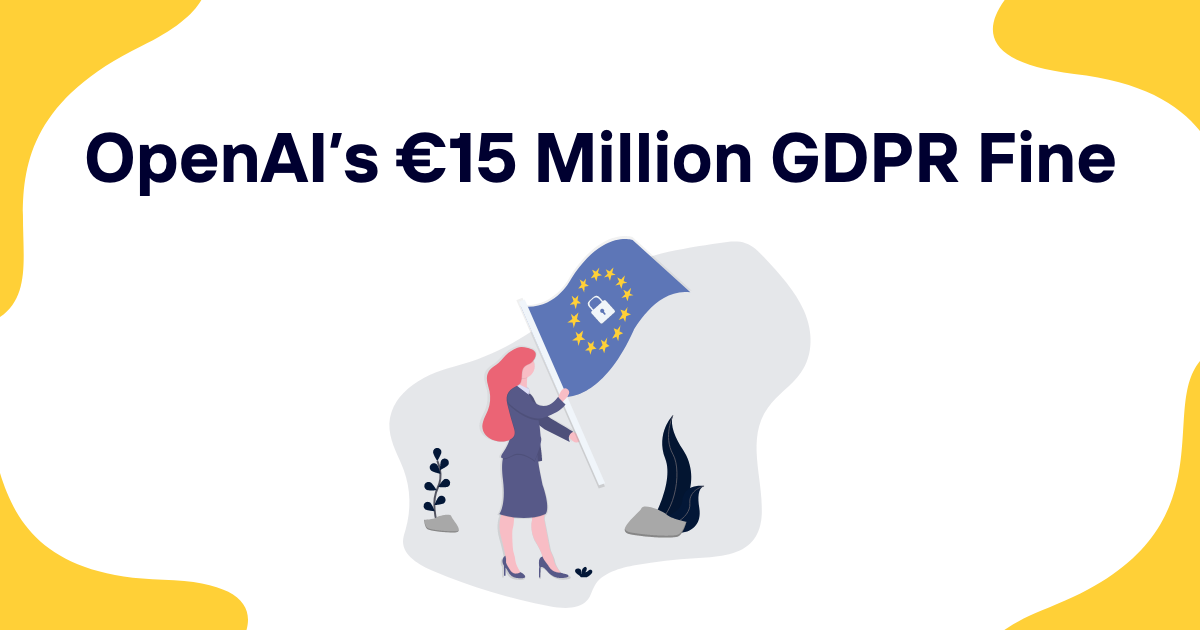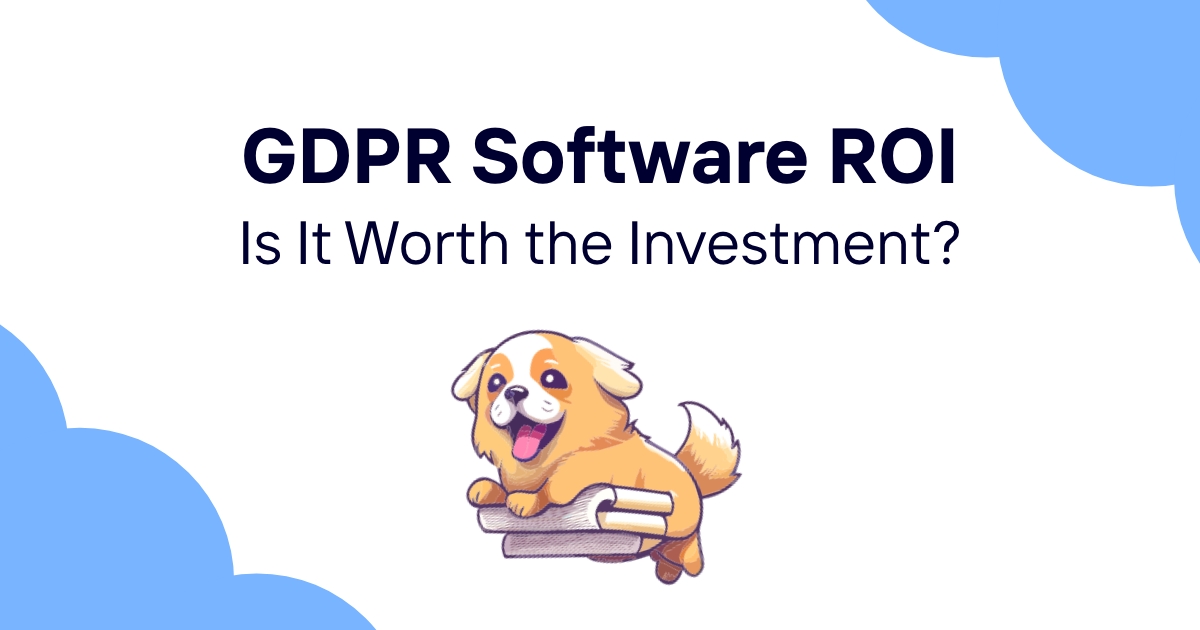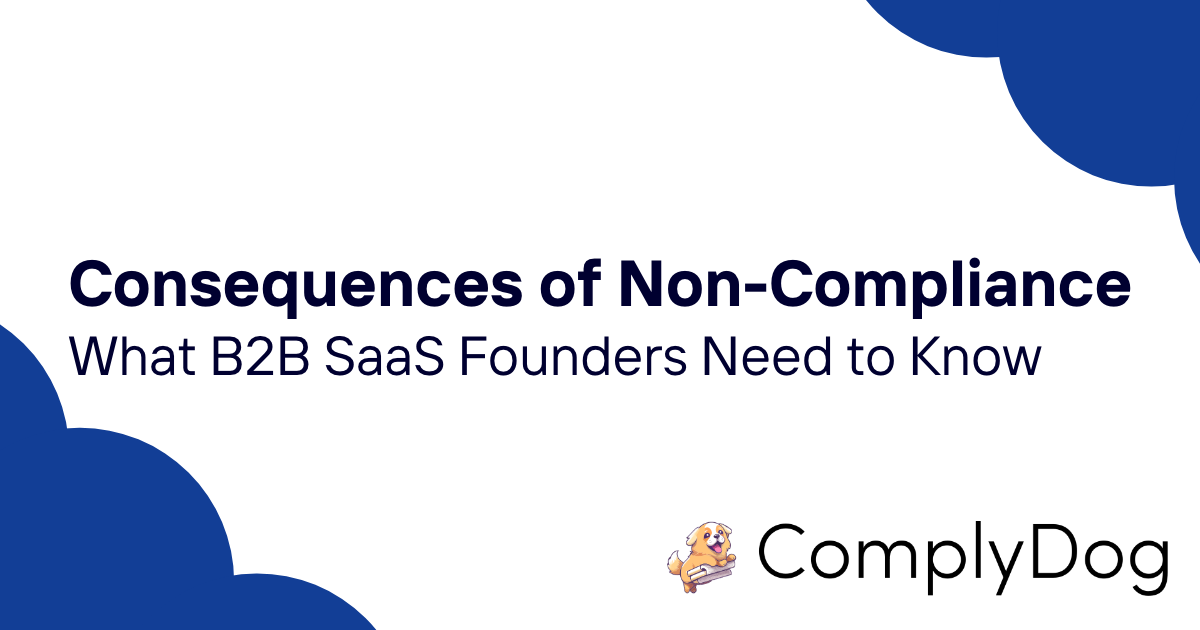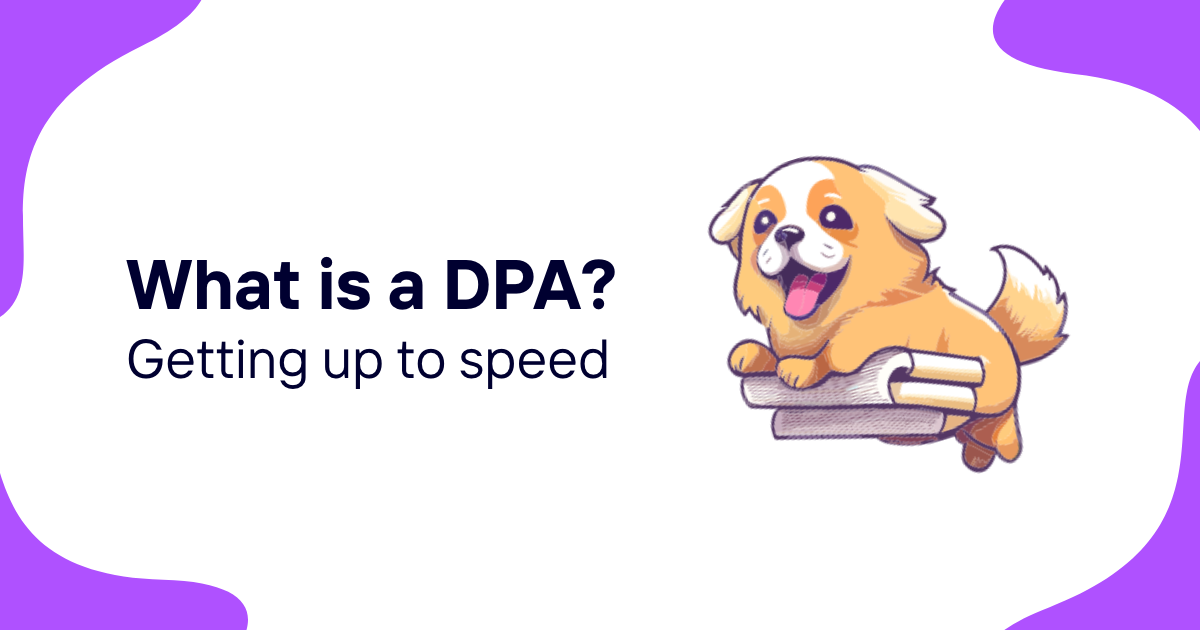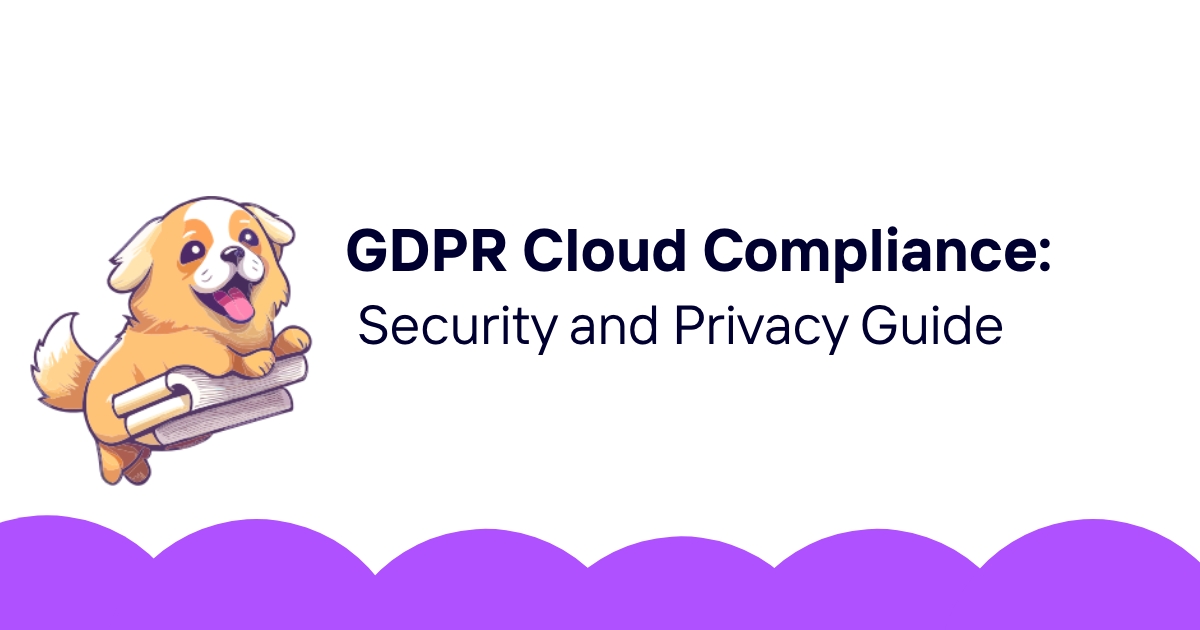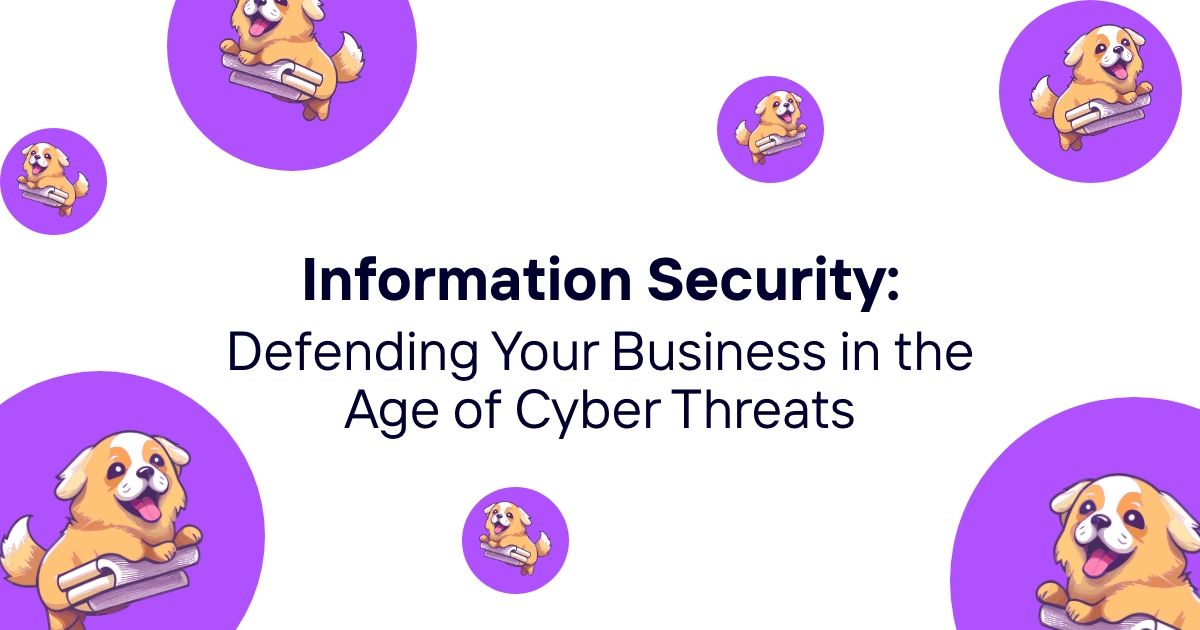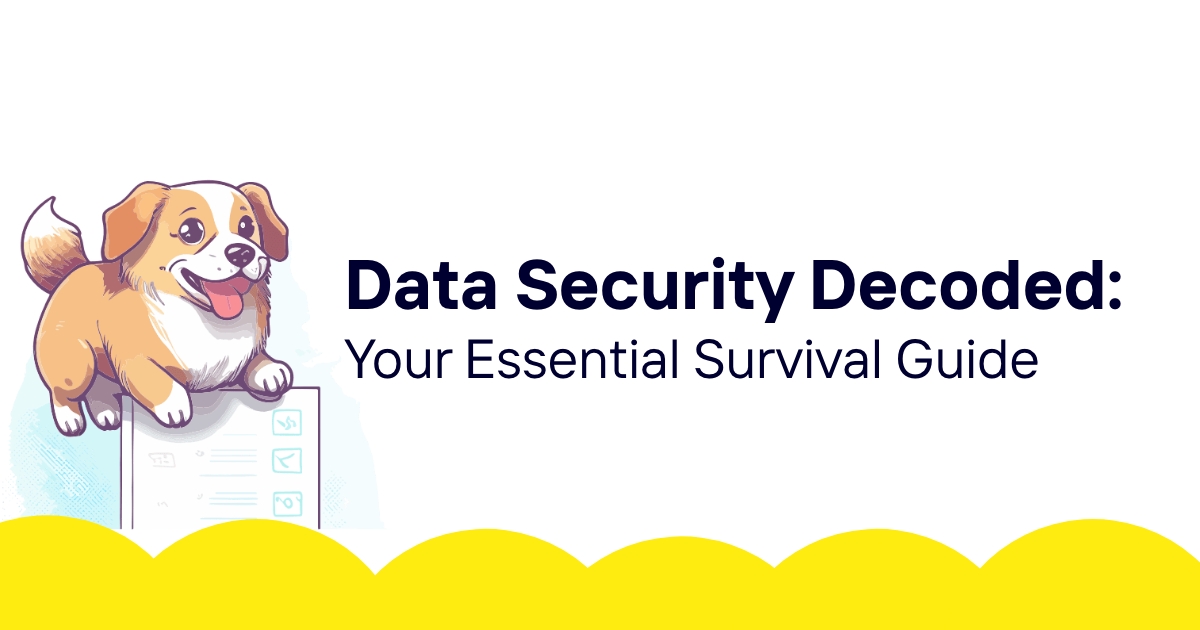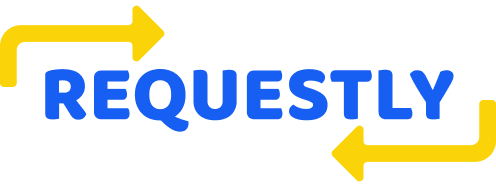Organizations generate, process, and store vast amounts of information daily. Yet many struggle with a fundamental question: how do you protect data throughout its entire journey from creation to deletion? The answer lies in understanding data security lifecycle management—a systematic approach that ensures comprehensive protection at every stage of information handling.
Data breaches cost organizations an average of $4.88 million globally, according to IBM's latest research. But here's what's interesting: most of these incidents could have been prevented with proper lifecycle management. The problem isn't just about having security tools; it's about applying them consistently across all phases of data existence.
Think about it this way. Your data doesn't just sit in one place doing nothing. It moves, transforms, gets shared, archived, and eventually deleted. Each transition creates potential vulnerabilities. Without a structured approach to managing these stages, organizations leave gaps that cybercriminals can exploit.
Table of contents
- What is data security lifecycle management?
- The seven phases of data security lifecycle
- Key components of effective lifecycle management
- Implementation strategies for different environments
- Common challenges and solutions
- Best practices for sustainable protection
- Regulatory compliance considerations
- Technology integration approaches
- Future-proofing your data security strategy
What is data security lifecycle management?
Data security lifecycle management represents a comprehensive framework for protecting information assets throughout their entire operational lifespan. This approach recognizes that data security requirements change as information moves through different stages—from initial collection through final destruction.
The concept goes beyond traditional perimeter security models. Instead of just protecting the network boundary, lifecycle management focuses on the data itself. It asks critical questions: What type of information do we have? Where does it live? Who needs access? How long should we keep it?
Organizations that implement proper lifecycle management gain several advantages:
- Reduced attack surface: By knowing exactly what data exists and where it's stored, security teams can better protect high-value assets
- Improved compliance: Many regulations require specific handling procedures for different data types throughout their lifecycle
- Cost optimization: Proper archiving and deletion practices reduce storage costs and administrative overhead
- Risk mitigation: Systematic protection measures minimize the likelihood of successful attacks
But let's be honest here—implementing lifecycle management isn't just about checking boxes. It requires a cultural shift where data protection becomes everyone's responsibility, not just the IT department's problem.
The seven phases of data security lifecycle
Phase 1: Data creation and collection
The lifecycle begins when information enters organizational systems. This might happen through customer forms, employee records, sensor data, or third-party integrations. Security considerations at this stage include:
Input validation: All incoming data should undergo verification checks to prevent malicious code injection or corrupted information from entering systems.
Source authentication: Organizations need mechanisms to verify that data originates from legitimate sources and hasn't been tampered with during transmission.
Initial classification: As soon as data arrives, it should receive preliminary security labels based on sensitivity levels and regulatory requirements.
Access logging: Every data creation event should generate audit trails showing who collected what information and when.
Phase 2: Data processing and transformation
Raw information rarely remains in its original form. Processing activities might include cleansing, enrichment, aggregation, or format conversion. Security measures during processing include:
Processing environment isolation: Sensitive data transformation should occur in secured environments with limited access and monitoring capabilities.
Data lineage tracking: Organizations need visibility into how information changes during processing to maintain security context and compliance requirements.
Temporary storage protection: Intermediate processing files require the same protection levels as source data, even if they exist briefly.
Error handling procedures: Failed processing operations shouldn't expose sensitive information through error messages or log files.
Phase 3: Data storage and retention
Storage represents the longest phase for most information assets. Security requirements vary based on data types, access patterns, and business needs:
Storage classification: Different information types require appropriate storage solutions—from high-security vaults for financial records to standard systems for marketing materials.
Access control implementation: Role-based permissions ensure only authorized personnel can retrieve specific information categories.
Encryption standards: Data at rest should receive protection through encryption, with key management practices aligned to organizational policies.
Backup and recovery procedures: Protected copies must maintain the same security standards as primary storage while enabling business continuity.
Phase 4: Data usage and sharing
Information becomes valuable when organizations use it for business purposes. This phase presents unique security challenges:
User authentication: Strong identity verification prevents unauthorized access to business-critical information.
Activity monitoring: Organizations need visibility into how users interact with data to detect anomalous behavior patterns.
Sharing controls: When information moves between departments or external partners, security measures must travel with the data.
Version management: Multiple copies of the same information can create inconsistencies and security gaps if not managed properly.
Phase 5: Data distribution and publication
Some information needs broader distribution—through reports, analytics dashboards, or public releases. Security considerations include:
Data sanitization: Information prepared for wider distribution should undergo scrubbing to remove sensitive elements while preserving business value.
Distribution channels: Different sharing methods (email, file transfer, APIs) require appropriate security controls.
Recipient verification: Organizations should confirm that information reaches intended recipients and doesn't get intercepted or misdirected.
Usage restrictions: Distributed data often needs usage limitations or expiration dates to prevent unauthorized long-term storage.
Phase 6: Data archiving
Long-term storage requirements create specific security challenges. Organizations must balance accessibility with protection:
Archive security standards: Archived information may require different protection measures than active data, but security shouldn't decrease significantly.
Retrieval procedures: Archived data access should follow formal processes with approval workflows and audit trails.
Format preservation: Long-term storage must account for technology changes that might make archived information inaccessible over time.
Legal hold capabilities: Organizations need mechanisms to preserve specific archived information for litigation or regulatory requirements.
Phase 7: Data destruction and disposal
The lifecycle concludes when information no longer serves business purposes. Proper destruction prevents future security risks:
Destruction scheduling: Organizations should establish retention policies that specify when different data types should be deleted.
Secure deletion methods: Simple file deletion rarely removes information completely; proper destruction requires specialized techniques.
Destruction verification: Organizations need proof that information was actually destroyed, not just marked for deletion.
Exception handling: Some information may require permanent retention due to legal or business requirements.
Key components of effective lifecycle management
Data discovery and classification
You can't protect what you don't know exists. Effective lifecycle management starts with comprehensive data discovery across all organizational systems. This process involves:
Automated scanning tools that can identify sensitive information patterns across databases, file systems, and applications. These tools look for credit card numbers, social security numbers, email addresses, and other personally identifiable information.
Classification schemes that label data based on sensitivity levels, regulatory requirements, and business value. A typical classification might include public, internal, confidential, and restricted categories.
Metadata management systems that track data characteristics, ownership, and handling requirements. This information becomes critical for applying appropriate security measures throughout the lifecycle.
Access control frameworks
Different lifecycle phases require different access patterns. A comprehensive access control framework includes:
Role-based permissions that align data access with job functions and business needs. Marketing staff might access customer demographics but not payment information.
Attribute-based controls that consider additional factors like location, time of access, and device security status when making authorization decisions.
Privileged access management for administrative functions that can modify security settings or access multiple data categories.
Regular access reviews to ensure permissions remain appropriate as employee roles change over time.
Monitoring and auditing systems
Continuous visibility enables organizations to detect security incidents and demonstrate compliance. Key monitoring components include:
User activity tracking that records who accessed what information and what actions they performed.
Data movement monitoring that tracks information transfers between systems, departments, or external organizations.
Anomaly detection algorithms that identify unusual access patterns or data usage that might indicate security incidents.
Compliance reporting capabilities that generate audit trails for regulatory requirements or internal governance.
Implementation strategies for different environments
On-premises environments
Traditional data centers offer organizations direct control over their security infrastructure. Implementation strategies for on-premises environments include:
Network segmentation approaches that isolate different data types and processing functions. Critical information might reside on separate network segments with additional access controls.
Physical security integration that aligns data protection with facility security measures. Server rooms containing sensitive information need appropriate environmental controls and access restrictions.
Hardware-based encryption solutions that provide performance benefits for high-volume data processing while maintaining security standards.
Local backup and recovery systems that enable rapid restoration while maintaining the same security standards as primary storage.
Cloud environments
Cloud platforms offer scalability and advanced security features but require different implementation approaches:
Shared responsibility models that clearly define which security measures the cloud provider handles versus organizational responsibilities.
Identity federation systems that extend organizational access controls to cloud resources while maintaining centralized management.
Cloud-native security tools that integrate with platform-specific features like automated scaling, load balancing, and distributed storage.
Multi-cloud strategies that avoid vendor lock-in while maintaining consistent security standards across different platforms.
Hybrid environments
Many organizations operate hybrid environments that combine on-premises and cloud resources. Security considerations include:
Consistent policy enforcement across all environments to prevent security gaps at integration points.
Secure connectivity between on-premises and cloud resources through VPNs, dedicated connections, or zero-trust architectures.
Unified monitoring platforms that provide visibility across all environments from a single management interface.
Cross-environment data flows that maintain security standards as information moves between different infrastructure types.
Common challenges and solutions
Data sprawl and visibility gaps
Modern organizations often struggle with information scattered across multiple systems, departments, and platforms. This creates several problems:
Shadow IT systems where departments deploy unauthorized applications or services that contain sensitive information.
Orphaned data that persists after applications are decommissioned or employees leave the organization.
Integration gaps where information transfers between systems don't maintain proper security context.
Solutions include regular data discovery scans, centralized asset inventories, and automated classification tools that can identify sensitive information regardless of location.
Balancing security with usability
Overly restrictive security measures can hinder business operations and encourage users to find workarounds. Effective solutions include:
Risk-based access controls that apply stronger security measures to higher-risk scenarios while maintaining usability for routine operations.
Self-service capabilities that allow users to request access or perform common data operations without IT intervention.
User education programs that help employees understand security requirements and their role in protecting organizational information.
Regular feedback collection to identify security measures that create unnecessary friction and find alternative solutions.
Regulatory compliance complexity
Different regulations often have conflicting or overlapping requirements for data handling. Organizations need strategies to manage this complexity:
Regulation mapping that identifies how different laws apply to specific data types and business processes.
Policy harmonization that creates unified procedures that satisfy multiple regulatory requirements simultaneously.
Compliance automation tools that can apply appropriate handling procedures based on data classification and regulatory scope.
Legal review processes that ensure new business initiatives comply with applicable regulations from the project planning stage.
Resource constraints and budget limitations
Comprehensive lifecycle management requires significant investment in technology, processes, and personnel. Organizations can address resource constraints through:
Phased implementation approaches that prioritize the highest-risk data types and gradually expand coverage over time.
Cloud-based solutions that reduce upfront infrastructure costs while providing access to advanced security features.
Automation strategies that reduce manual effort for routine data management tasks.
Risk-based prioritization that focuses limited resources on the most critical information assets and highest-probability threats.
Best practices for sustainable protection
Establish clear data governance
Successful lifecycle management requires organizational commitment beyond the IT department. Key governance elements include:
Executive sponsorship that provides authority and resources for data protection initiatives.
Cross-functional teams that include representatives from legal, compliance, business units, and technical teams.
Clear accountability structures that assign ownership for different aspects of data lifecycle management.
Regular governance reviews that assess program effectiveness and adapt to changing business requirements.
Implement continuous monitoring
Data protection isn't a one-time activity—it requires ongoing attention and adaptation. Monitoring practices should include:
Automated alerting systems that notify security teams of policy violations, unusual access patterns, or system anomalies.
Regular security assessments that evaluate the effectiveness of current protection measures and identify improvement opportunities.
Threat intelligence integration that incorporates external threat information into internal security decision-making.
Performance metrics that track key indicators like access approval times, incident response effectiveness, and compliance adherence.
Foster security culture
Technical controls alone can't ensure effective data protection. Organizations need cultural changes that make security everyone's responsibility:
Regular training programs that keep employees informed about current threats and protection procedures.
Clear communication about security policies, incidents, and organizational expectations.
Recognition programs that reward employees who identify security risks or demonstrate good data handling practices.
Incident response drills that prepare teams for real security events while reinforcing the importance of data protection.
Plan for emerging technologies
Technology evolution creates both opportunities and risks for data security. Forward-thinking organizations should:
Evaluate new technologies systematically to understand their security implications before adoption.
Maintain flexible architectures that can adapt to new security requirements or threat landscapes.
Invest in security research to stay informed about emerging attack methods and defense strategies.
Participate in industry groups that share threat intelligence and best practices across organizations.
Regulatory compliance considerations
GDPR requirements
The General Data Protection Regulation establishes specific requirements for personal data handling throughout its lifecycle:
Lawful basis documentation that justifies data collection and processing activities.
Data subject rights support including access requests, correction procedures, and deletion capabilities.
Privacy by design implementation that incorporates data protection into business processes from the planning stage.
Data protection impact assessments for high-risk processing activities.
Industry-specific regulations
Different sectors face additional regulatory requirements that affect data lifecycle management:
Healthcare organizations must comply with HIPAA requirements for protected health information handling, storage, and transmission.
Financial services face regulations like SOX, PCI-DSS, and banking-specific requirements that govern financial data protection.
Government contractors must implement security standards like NIST 800-171 or FedRAMP depending on the data types and contract requirements.
International businesses must navigate multiple regulatory frameworks that may have conflicting requirements for the same information.
Compliance automation strategies
Manual compliance management becomes impractical as organizations grow and face multiple regulatory requirements. Automation strategies include:
Policy engines that automatically apply appropriate handling procedures based on data classification and regulatory scope.
Audit trail automation that generates compliance reports without manual data collection and formatting.
Exception management systems that identify potential compliance violations and route them for resolution.
Regulatory change monitoring that tracks updates to applicable laws and helps organizations adapt their procedures accordingly.
Technology integration approaches
Security tool consolidation
Many organizations struggle with disparate security tools that don't communicate effectively. Integration approaches include:
Security information and event management (SIEM) platforms that aggregate data from multiple sources for centralized analysis.
Security orchestration, automation, and response (SOAR) tools that coordinate responses across different security systems.
API-based integrations that enable data sharing between tools while maintaining security boundaries.
Unified dashboards that provide comprehensive visibility without requiring security teams to monitor multiple interfaces.
Data loss prevention integration
DLP tools play a critical role in lifecycle management by preventing unauthorized information disclosure. Integration considerations include:
Content inspection capabilities that can identify sensitive information in multiple formats and locations.
Policy synchronization between DLP systems and broader data governance frameworks.
Incident response integration that connects DLP alerts with broader security incident management processes.
User education integration that provides real-time feedback when users attempt to violate data handling policies.
Identity and access management alignment
IAM systems provide the foundation for data access controls throughout the lifecycle. Key integration points include:
Single sign-on implementation that reduces password-related security risks while maintaining user convenience.
Privileged access management for administrative functions that can modify data or security settings.
Multi-factor authentication for high-risk data access scenarios or sensitive business functions.
Access certification programs that regularly review and validate user permissions across all systems.
Future-proofing your data security strategy
Artificial intelligence and machine learning
AI and ML technologies offer both opportunities and challenges for data security lifecycle management:
Automated classification systems that can identify sensitive information more accurately and efficiently than manual processes.
Anomaly detection algorithms that identify unusual access patterns or data usage that might indicate security incidents.
Predictive risk assessment that helps organizations focus protection efforts on the highest-risk scenarios.
Privacy-preserving techniques like differential privacy and federated learning that enable AI applications while protecting individual information.
Zero-trust architecture principles
Zero-trust approaches assume that no user, device, or network location should be inherently trusted. Implementation considerations include:
Continuous authentication that validates user identity throughout data access sessions rather than just at login.
Micro-segmentation strategies that limit lateral movement if attackers compromise part of the network.
Least-privilege access that provides users with only the minimum permissions required for their current tasks.
Contextual access controls that consider factors like device security posture, location, and access patterns when making authorization decisions.
Quantum computing implications
Quantum computing advances pose long-term risks to current encryption methods. Organizations should begin preparing through:
Cryptographic agility that enables rapid adoption of new encryption algorithms as quantum threats emerge.
Risk timeline assessment that prioritizes protection for information with long retention requirements.
Industry collaboration to develop and standardize quantum-resistant security technologies.
Investment planning that balances current security needs with future quantum computing risks.
Data security lifecycle management represents a fundamental shift from reactive security measures to proactive information protection. Organizations that implement comprehensive lifecycle management gain significant advantages in risk reduction, compliance adherence, and operational efficiency.
The key to success lies in recognizing that data security isn't just a technology problem—it requires organizational commitment, cultural change, and continuous adaptation to evolving threats. Companies that treat lifecycle management as a strategic capability rather than a compliance checkbox will find themselves better positioned to handle future challenges.
Modern compliance platforms like ComplyDog simplify the implementation of comprehensive data security lifecycle management by providing automated discovery, classification, and protection capabilities. These tools enable organizations to maintain consistent security standards across all lifecycle phases while reducing the manual effort required for compliance management. By centralizing data protection activities within a unified platform, companies can achieve better visibility, more effective risk management, and streamlined regulatory compliance—transforming data security from a cost center into a competitive advantage.
